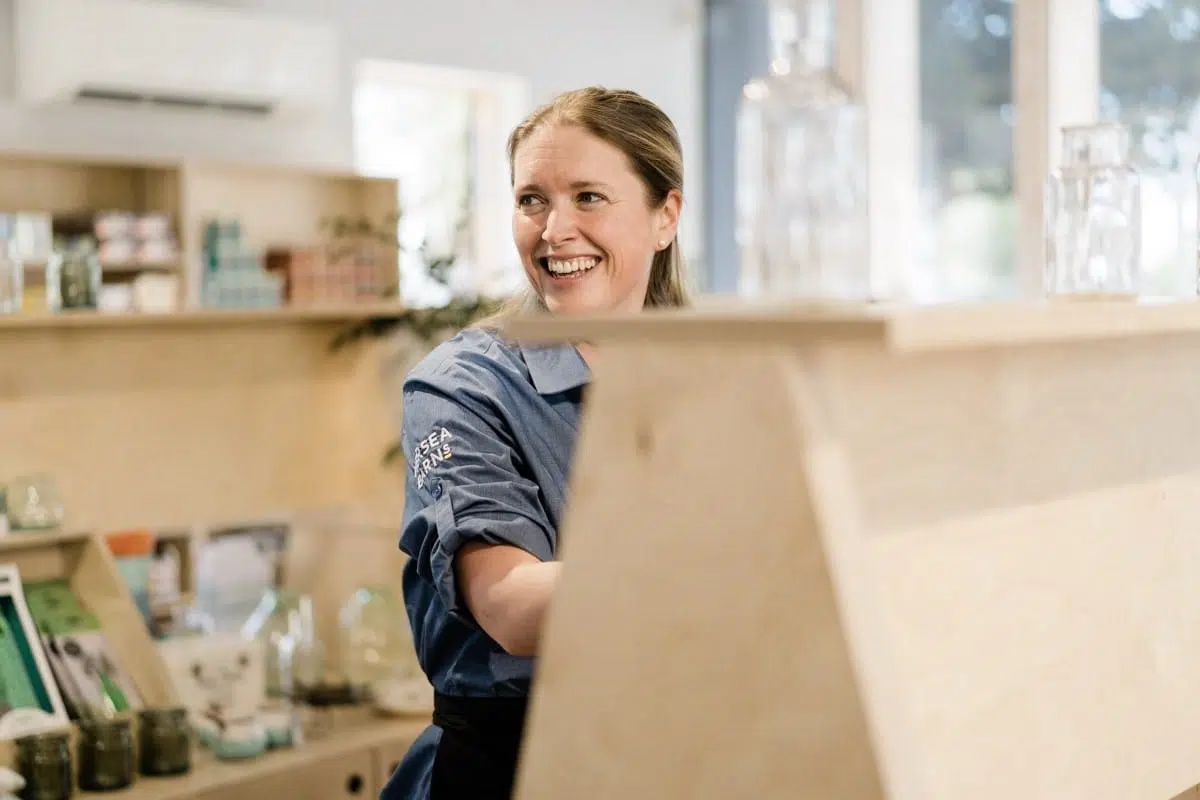It’s possible to brand virtually anything, from people to companies, products to services. Brand development is a process with several steps, with the main aim being the building of brand equity for your customers or clients. It involves far more than simply designing a new logo and using it in all your marketing collateral to maximise the value of your investment. A vital part of brand development is working out your brand positioning, brand narrative, and brand design. The very idea of going ‘back to basics’ may seem daunting. However, by partnering with the expertise of an agency, any business can develop their brand.
The basic principles of brand development are always the same, regardless of the complexity of a client’s requirements or the nature of their business. What does change is the depth with which each phase is conducted, the length of time and the number of resources allocated. Understanding the brand development process helps you to gain awareness of the role of marketing agencies and how brand development can maximise the potential of your business if thought through methodically and with a clear goal in mind.
The Brand Development Process Explained
Conducting Research
Know yourself and your customer base
To understand your own business, you need to know where you stand within your sector, and what you stand for.
A methodical way to work this out is through SWOT analysis – consider your Strengths, Weaknesses, Opportunities and Threats. What do you excel at, and what needs more work? Where can you see gaps in your competitors’ offerings, and what could cause problems for your business? Thinking these questions through helps to solidify your brand message.
Next, look critically at your relationship with your target audiences and web personas. If you’re a small business, don’t fall into the trap of thinking that you know your audience inside out. Insight into who you are targeting highlights how you can position your brand to make the most impact. Considering existing brands and their architecture also enables you to clarify your vision, goals, strategies and values in the light of what your competitors have chosen to emphasise. Look into the online platforms your audience uses to leave reviews or share their opinions, such as Twitter, Google, or online forums to get a sense of where they feel you’re performing well and where they’re encountering pain points.
Designing Identity
Businesses change their brand identity for many reasons, but in every case, a clear rationale for change with strong business and brand benefits is critical. Using the insight achieved from research into your audience, the next step is to define what your brand represents and what you’re about. This is your positioning statement – why should your audience come to you instead of a competitor? However, when devising what distinguishes you from others, avoid making promises that you can’t keep.
In the light of this, you can get into the ‘fun bit’ – planning and design of items such as your strapline and logo. Due to the visual nature of colour palettes and graphics, this is the element that many businesses focus on to the detriment of other equally important stages of the brand development process, as it provides tangible evidence of a change within the business. However, by actioning all that you have learnt from the previous stages, your visual identity can be imbued with meaning rather than simply being a stylish letterhead or vehicle graphic.
Managing Growth
Decision makers often ask what proof they have of a return on their investment. It’s not necessarily straightforward to empirically measure the success of a new logo or streamlined brand architecture, so it is important to develop your own measure of success. To aid this, once you’ve invested in brand identity and strategy, the final (and ongoing) state is tracking. The time and money you’ve spent on brand development can all too easily be wasted without a coherent plan for measuring the impact it has on your business.
It is therefore important to continue to monitor the following:
Lead generation – are you generating more leads than before you invested in your brand strategy?
Search traffic – are you seeing more searches for your business or for keywords associated with your product or service?
Website clicks – are more people visiting your website? Which pages are they spending the most time on?
Social Media – are people interacting with you on social media through likes, shares and comments?
By keeping on top of these key aspects, you can ensure adjustments can be made to your brand development plan that will keep you agile and responsive to the latest trends in your sector.
The main point to take away from this article is that brand development is never ‘finished’. The truly dynamic brands of the world continually revisit their brand development and constantly keep in mind the type of brand that they want to maintain.
Case Study: Sandersons
Patent and trademark attorneys Sandersons had an established name, but they were not able to progress with their branding and marketing strategies to better communicate with prospective or existing clients. The brand was therefore developed to communicate Sandersons’ heritage and expertise through their website and brand attributes. By collaborating with Mackman, Sandersons attained a greater understanding of the disparity between the way they intended their brand to be perceived, and how it was actually being perceived. In addition, Sandersons saw a 30% increase in Overseas traffic.
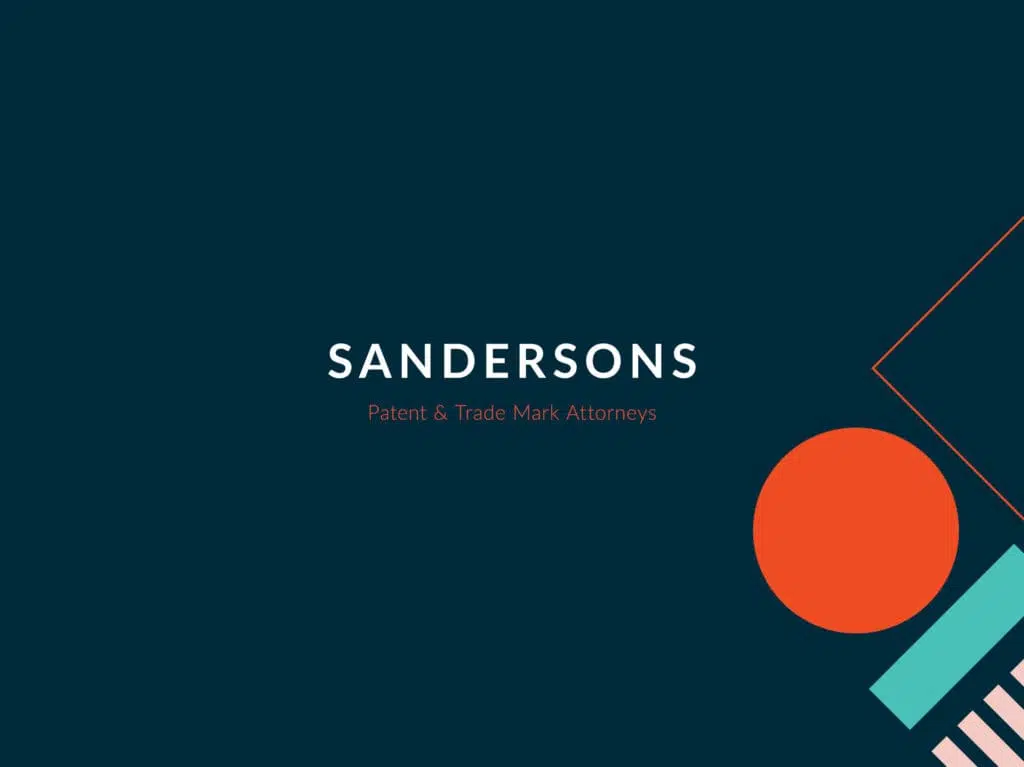

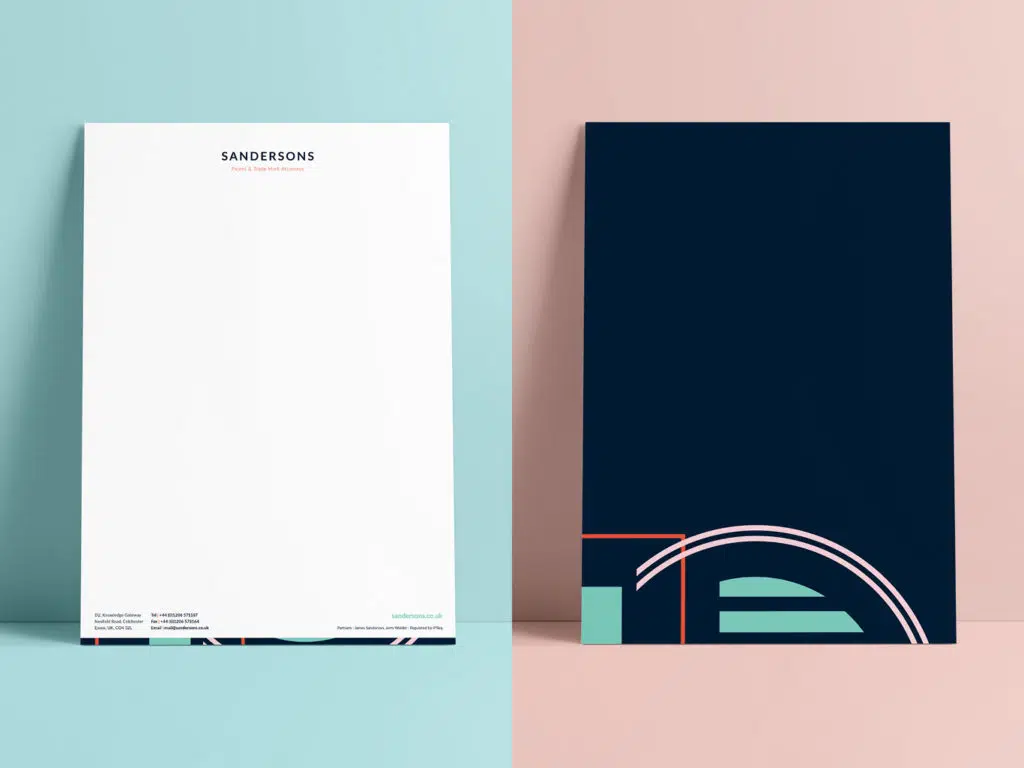
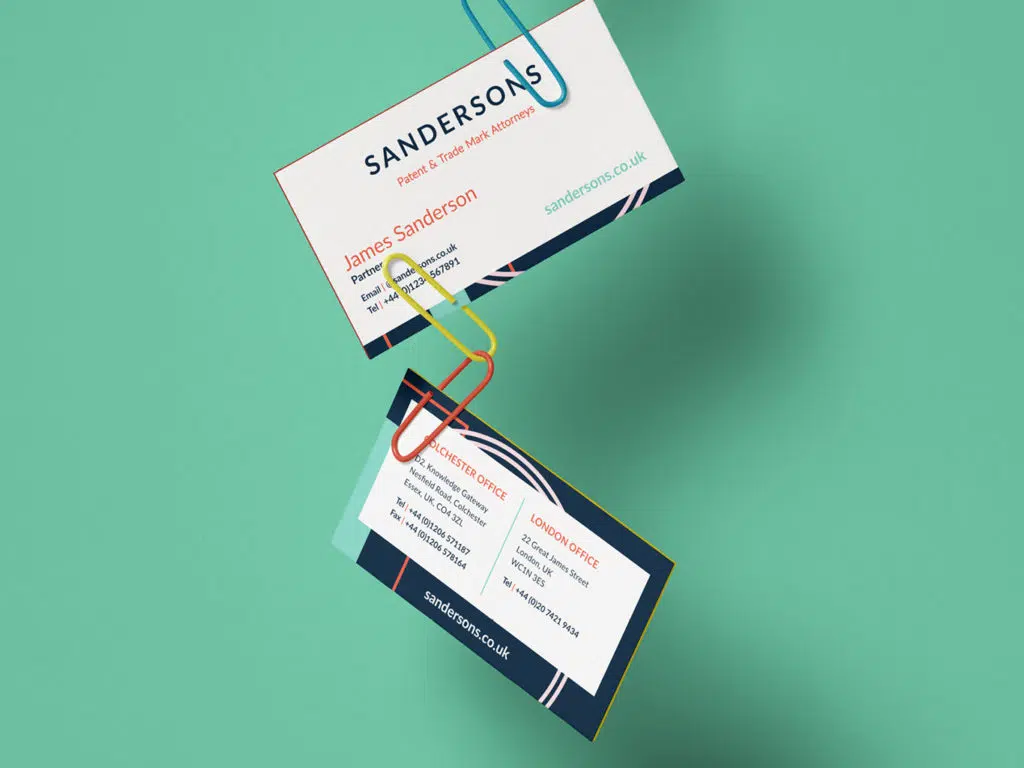
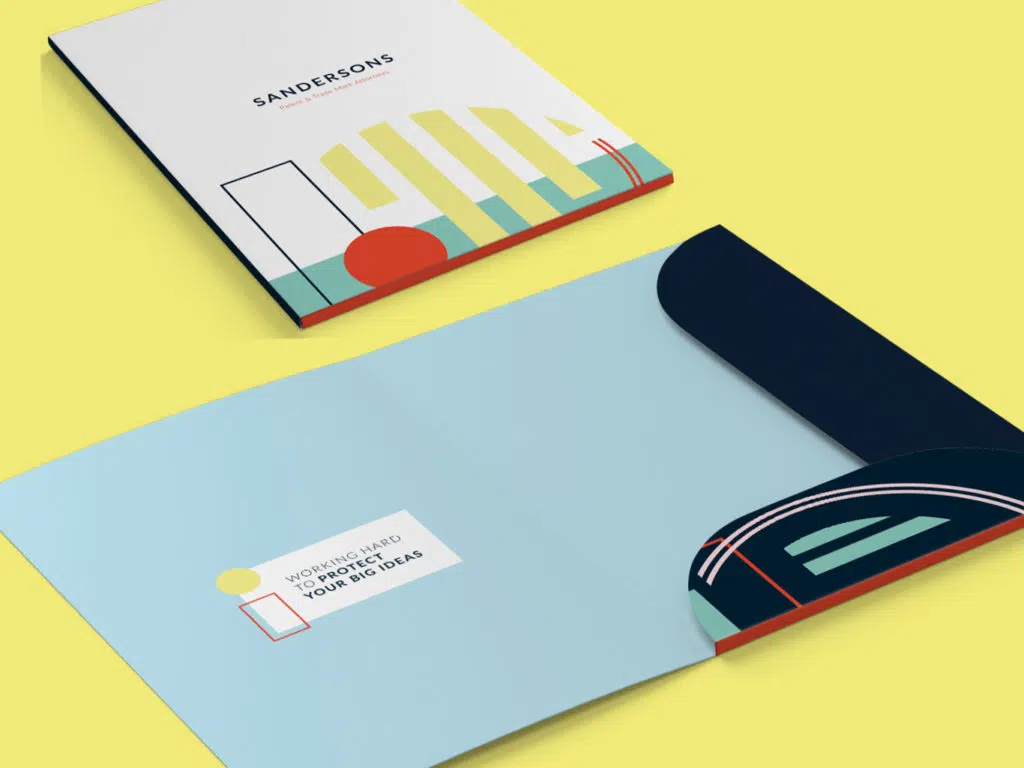
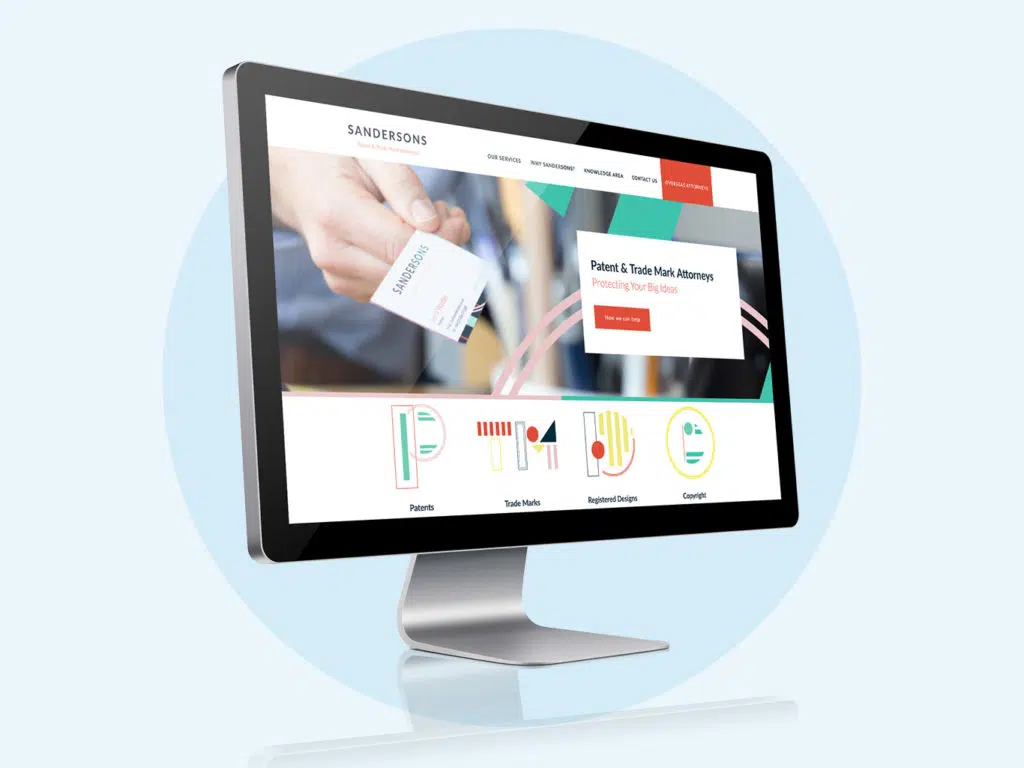
Do you need a new brand architecture to deal with acquisitions or because your business has grown organically in response to market demand? Or are you rebranding and want to take your brand in a new director? Contact Mackman today and let’s get started on your brand development project. For an initial informal discussion with a senior member of our team either complete the contact form or call us on 01787 388 038. We would be interested to discuss your requirements in more depth and how best to move forward.
